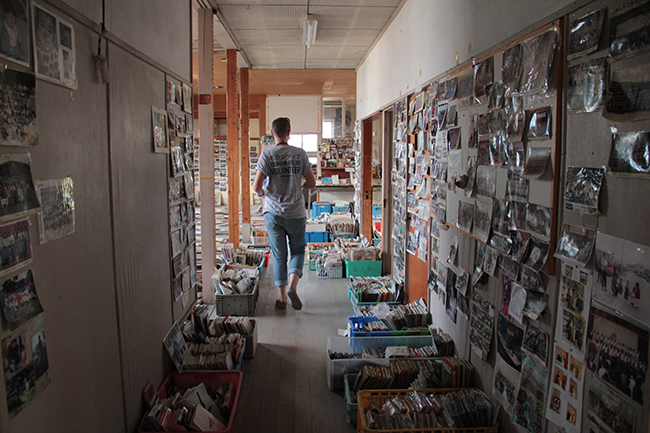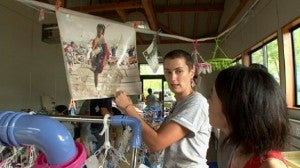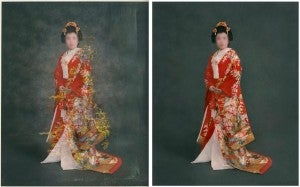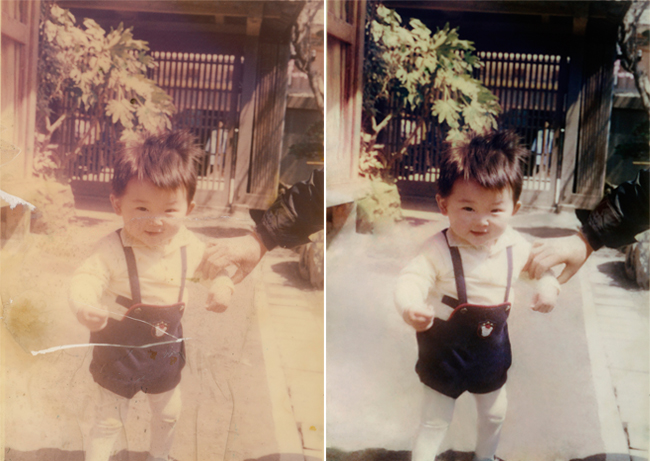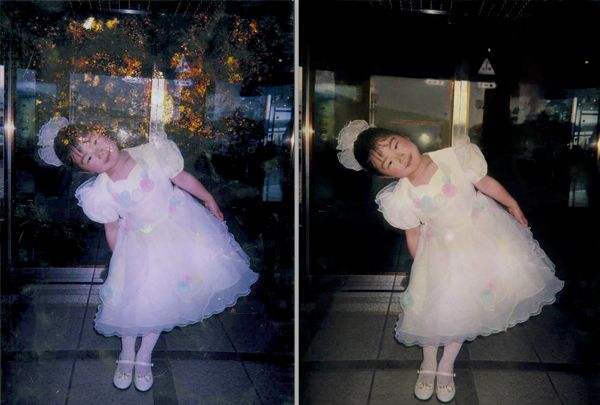When you think of disaster relief, you probably think of manual labor, debris removal and rebuilding. When the earthquake and tsunami hit Japan in 2011, Becci Manson, a professional photo retoucher by trade, joined in the volunteer effort expecting to be down in the muck, clearing debris. She ended up contributing in a completely different way.
As Becci helped clear the streets of Tohoku, working with the disaster relief organization All Hands Volunteers, she couldn’t help but notice something about the debris; buried within the piles of wreckage were countless photos. Becci, the lone photo retoucher in the group, noticed many of the photos could be easily restored using Photoshop and realized she__ could do something about it.
She quickly launched an effort to restore damaged photos for the affected Japanese families. She was able to recruit photo retouchers like herself from around the world.
When she returned from Japan, Becci presented her story in a TEDTalk:
http://embed.ted.com/talks/becci_manson_re_touching_lives_through_photos.html
Becci opened up about her experience on the All Hands Volunteers photo restoration project:
_Tell me a little about your background in photo restoration and how you came to help out in Japan.
_In terms of restoration, before Japan I had only done a little here and there for friends and family, but I have been a professional photo retoucher for over 20 years. I first worked with All Hands on a project in Haiti. What was supposed to be a three-week trip turned into a six-months photo restoration project.
